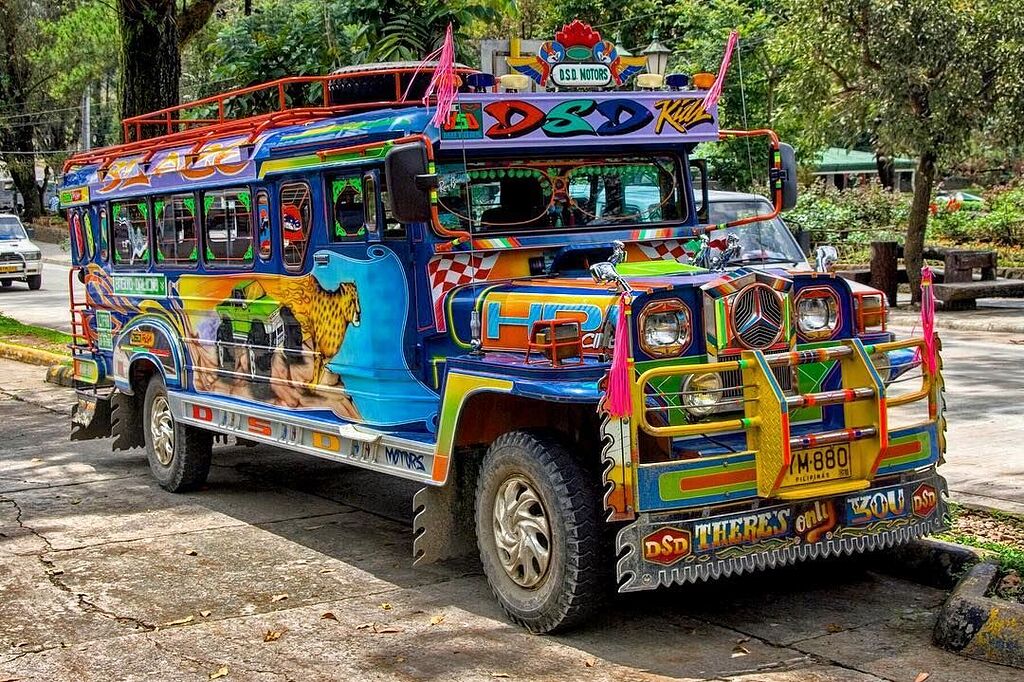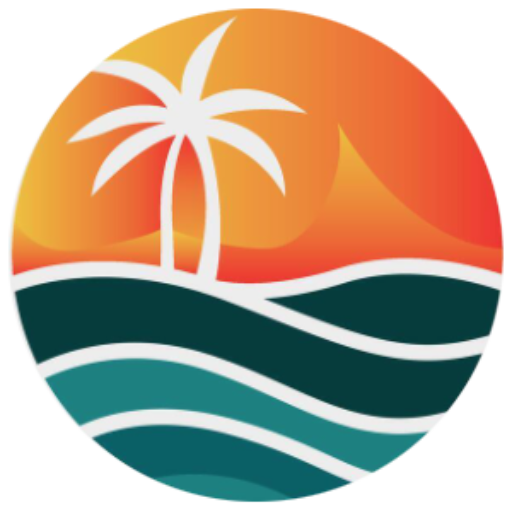
Short History
The history of the Philippines is rich and diverse, reflecting a blend of indigenous cultures and foreign influences.
Earl History: The earliest known human activity in the Philippines dates back to around 709,000 years ago, with the discovery of stone tools and fossils. By 47,000 years ago, modern humans were living in the Tabon Caves in Palawan. The Negritos were among the first inhabitants, followed by Austronesian-speaking peoples who migrated from Taiwan around 3000 BCE.
Pre-Colonial Period: Before the arrival of Europeans, the Philippines was a collection of small, independent communities known as barangays. These communities were often ruled by local chieftains and engaged in trade with neighboring regions, including China, India, and the Malay Archipelago.
Spanish Colonization: In 1521, Ferdinand Magellan, a Portuguese explorer sailing for Spain, arrived in the Philippines. However, it wasn’t until 1565 that the Spanish established a permanent settlement in Cebu under Miguel López de Legazpi. The Philippines was named after King Philip II of Spain and remained under Spanish rule for over 300 years. During this period, the Spanish introduced Christianity, which remains the dominant religion today.
American Period: Following the Spanish-American War in 1898, the Philippines was ceded to the United States. The American period brought significant changes, including the introduction of the English language and the establishment of a public education system. The Philippines gained partial self-governance in 1935 and full independence on July 4, 1946.
Post-Independence Era: The post-independence era saw the Philippines grappling with political instability and economic challenges. The country experienced martial law under President Ferdinand Marcos from 1972 to 1981. A people’s uprising in 1986 led to the ousting of Marcos and a beginning of a new government order under Corazon Aquino, the widow of the charismatic opposition leader Benigno S. Aquino, Jr. As on this writing in 2024, there were 7 elected presidents since 1992 (Fidel Ramos, Joseph Estrada, Gloria Arroyo, Benigno Aquino Jr., Rodrigo Duterte & Ferdinand Marcos, Jr.) but the Philippines remains in political chaos. Warlordism was replaced by regional and local political dynasties who dominate both elective and appointive positions in the government.
Contemporary Period: Today, the Philippines is a vibrant democracy with a growing economy. It continues to face challenges such as poverty and political corruption but remains a culturally rich and diverse nation with a strong sense of national identity. The Philippines’ history is a testament to its resilience and adaptability, shaped by a myriad of influences and events that have contributed to its unique cultural tapestry.
FAQs
- The Philippines is an archipelago comprising 7,641 islands, with only about 2,000 islands inhabited. It has an area of about 298,170 square kilometers of land and 1,830 square kilometers of in-land water (not counting the ocean).
- Filipino (Tagalog) and English are the official languages of the Philippines, with Filipino being based on Tagalog. English and Tagalog are spoken and understood almost anywhere in the country
- Metro Manila, located in the national capital region, is the center of government, commerce, and culture. It is one of the most densely populated area in the world. The Philippines has a population of over 110 million people, making it the 13th most populous country in the world.
- The country has a rich cultural heritage influenced by Malay, Spanish, American, and Chinese cultures, among others.
- The country is prone to natural disasters such as typhoons, earthquakes, and volcanic eruptions due to its location on the Pacific Ring of Fire. It has only 2 seasons – dry and wet or rainy season starting May to November. Temperatures vary with cooler temperatures in the mountains and hot in the low-lying areas especially during summer reaching 50 degrees Celsius in the northern parts of the country.
- The jeepney or jeep, is the popular mode of public transportation in the Philippines. It is a product of Filipino ingenuity and craftmanship transforming the leftovers or surplus US military jeeps after World War II to private and public utility vehicles most convenient to passengers who stop and go along busy streets and highways
- Filipino cuisine is diverse and includes dishes like adobo (meat stewed in vinegar and soy sauce), sinigang (sour soup), pancit (noodles) and lechon (roast pig). There is also a variety of native cakes, sweets and pastries offered in diners and shops. Burgers, doughnuts and coffee shops are available in almost all places in the country. Chinese food is also a favorite choice for many, particularly in Binondo, Manila where the oldest Chinatown in Asia is located
- The Philippine Peso in paper bills and in coin (centavos), is the official currency. The US Dollar is the most convenient currency to exchange for pesos in forex shops located in most populated centers. One US Dollar is equal to around 58 Pesos which can buy a small meal.
- Filipinos are tech savvy and internet connection using pre-paid SIM card is available in ISP shops nationwide

Travel and Tourism
The Philippines is a tropical paradise that offers a diverse range of experiences for travellers. Philippine tourism is renowned for its stunning beaches, vibrant cities, rich history, and warm hospitality. However, The Philippines is not just about the beaches and the mountains. Consider the following:
- The Tubbataha Reefs Natural Park, located in the Sulu Sea, is a UNESCO World Heritage site known for its marine biodiversity.
- The Chocolate Hills in Bohol are a geological formation of over 1,200 hills that turn brown during the dry season, resembling chocolate kisses.
- The Philippine eagle, also known as the monkey-eating eagle, is one of the largest and rarest eagles in the world and is endemic to the Philippines.
- The Ifugao Rice Terraces, located in the northern part of Luzon, are ancient terraces carved into the mountainside by the Ifugao people over 2,000 years ago.
- Mount Apo, located on the island of Mindanao, is the highest peak in the Philippines, standing at 2,954 meters (9,692 feet) above sea level.
Travel Tips
- Best Time to Visit: The dry season, from November to April, is the best time to visit, offering ideal weather for beach activities and outdoor adventures.
- Getting Around: Domestic flights, ferries, and buses are common modes of transportation. In cities, jeepneys and tricycles are popular for short distances.
- Safety: While most areas are safe for tourists, it’s always good to stay informed about local advisories and take standard precautions.
